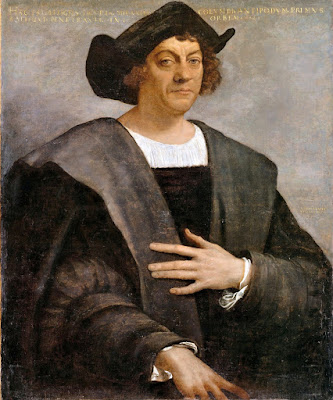 |
| Sebastiano del Piombo Portrait of a Young Woman as one of the Wise Virgins from Scripture ca. 1510 oil on panel National Gallery of Art, Washington DC |
 |
| Sebastiano del Piombo Adoration of the Shepherds ca. 1511-12 oil on canvas Fitzwilliam Museum, Cambridge |
 |
| Sebastiano del Piombo Portrait of a Young Roman Woman ca. 1512 oil on panel Gemäldegalerie, Berlin |
 |
| Sebastiano del Piombo Portrait of a Young Roman Woman (detail) ca. 1512 oil on panel Gemäldegalerie, Berlin |
 |
| Sebastiano del Piombo Death of Adonis 1512 oil on canvas Galleria degli Uffizi, Florence |
 |
| Sebastiano del Piombo after Michelangelo Pietà ca. 1515 oil on panel Museo Civico di Viterbo |
 |
| Sebastiano del Piombo Christ carrying the Cross ca. 1515-17 oil on canvas Art Institute of Chicago |
 |
| Sebastiano del Piombo Christ carrying the Cross (detail) ca. 1515-17 oil on canvas Art Institute of Chicago |
 |
| Sebastiano del Piombo Christ carrying the Cross ca. 1516 oil on canvas Museo del Prado, Madrid |
 |
| Sebastiano del Piombo Christ descending into Limbo 1516 oil on canvas Museo del Prado, Madrid |
 |
| Sebastiano del Piombo after Michelangelo The Flagellation ca. 1516-24 oil on plaster Chiesa di San Pietro in Montorio, Rome |
 |
| Sebastiano del Piombo The Visitation 1518-19 oil on panel, transferred to canvas Musée du Louvre |
 |
| Sebastiano del Piombo Portrait of a Man traditionally identified as Christopher Columbus 1519 oil on canvas Metropolitan Museum of Art, New York |
 |
| Sebastiano del Piombo after Michelangelo The Flagellation ca. 1525 oil on panel Museo Civico di Viterbo |
 |
| Sebastiano del Piombo Christ carrying the Cross ca. 1532-35 oil on canvas Museo del Prado, Madrid |
"Venetian-born and trained, perhaps with Giorgione, Sebastiano moved in 1511 to Rome, where he became a major portraitist and painter of religious subjects. He was a protégé of Michelangelo, who significantly influenced his art. After Raphael's death, Sebastiano was the foremost painter in Rome and the first to return there (from Venice in 1529) after the 1527 Sack of Rome. The Pope rewarded his service by making him Keeper of the Papal Seal (hence the name Piombo)."
– from curator's notes at the National Gallery, London